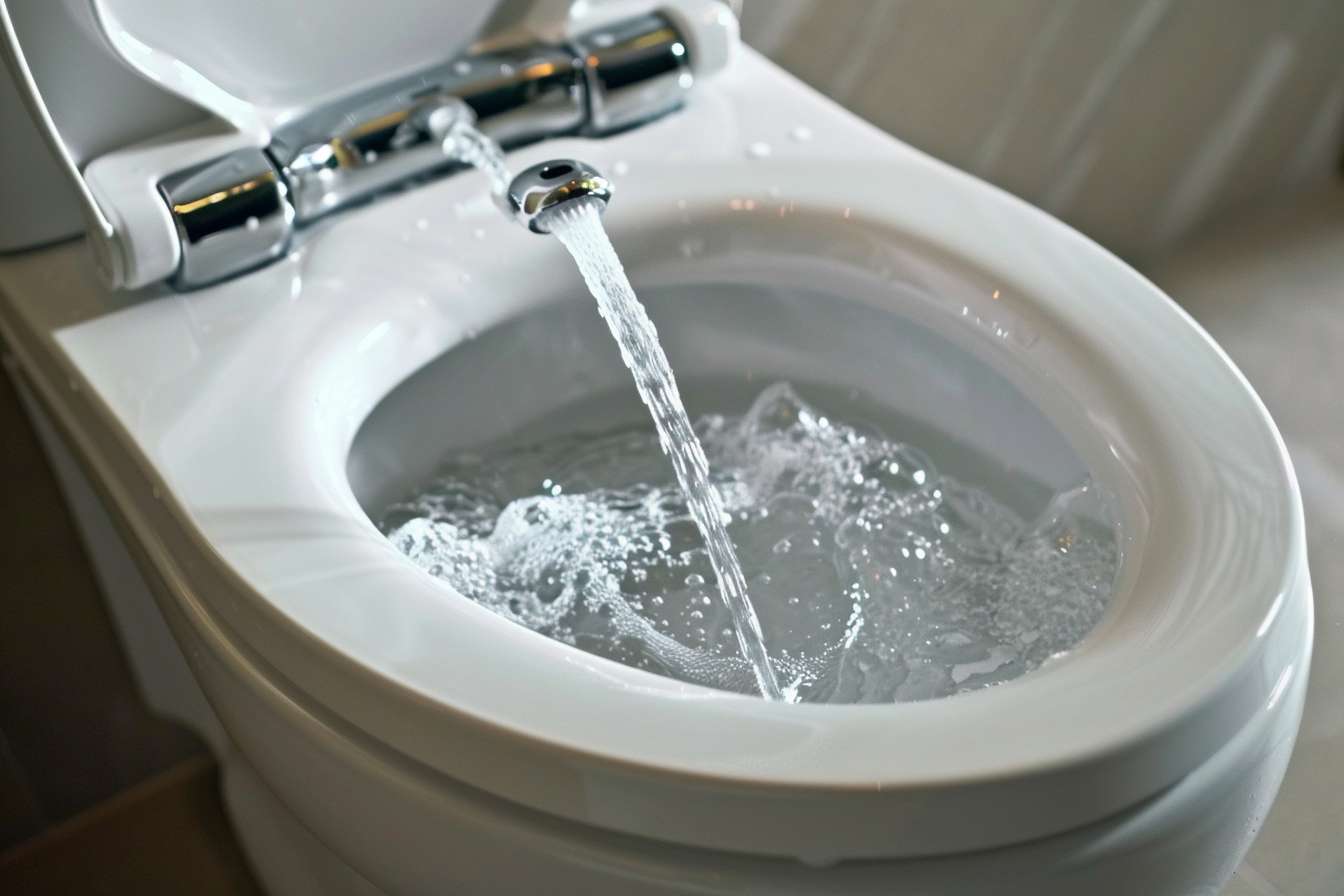Guide to Tyres: Types, Care and Choosing for Your Vehicle
Tyres are a vehicle’s only contact with the road, so understanding their types, markings and maintenance helps safety, efficiency and comfort. This guide explains common tyre categories, how to read sizing and speed ratings, signs of wear and replacement timing, plus practical tips for choosing tyres for local services and different driving conditions.

What types of tyres are available?
Tyres come in several categories to match driving needs and climates. Summer tyres are designed for warm, dry and wet conditions with grip-oriented compounds. Winter tyres use softer rubber and tread patterns that maintain traction at low temperatures and on snow or ice. All-season tyres aim to balance both but may compromise peak performance. There are also performance tyres for handling and run-flat tyres that allow limited driving after a puncture. Commercial and off-road tyres are built for heavier loads and rough terrain.
How to read tyre markings and size?
Tyre sidewalls show information that affects fit and performance. A typical marking like 205/55 R16 91V means: 205 is width in millimetres, 55 is aspect ratio (height as percentage of width), R indicates radial construction, 16 is rim diameter in inches, 91 is load index and V is speed rating. Additional codes indicate manufacturing week and year, and symbols may show winter certification (e.g., mountain/snowflake). Correct sizing and load/speed ratings ensure safe handling and legal compliance.
When should tyres be replaced?
Replace tyres when tread depth, damage or age reduces safety. Many jurisdictions set a legal minimum tread depth (for example, 1.6 mm in the UK), but replacing earlier—around 3 mm for wet-weather performance—can improve safety. Visible sidewall cuts, bulges, repeated punctures or uneven wear patterns also indicate replacement. Tyres older than six years should be inspected regularly; manufacturers often recommend replacement around ten years regardless of tread, but follow specific manufacturer guidance and professional inspections.
How to choose tyres for local services and driving conditions?
Selecting tyres depends on where and how you drive. For city driving with many starts and stops, tyres that balance comfort and fuel efficiency are practical. If you operate in areas with frequent snow or low temperatures, dedicated winter tyres improve safety. For motorway or high-speed driving, pay attention to speed ratings and heat resistance. For vehicles used in local services—delivery, taxi or fleet work—consider durability, load capacity and cost-per-mile. Compare manufacturer performance data and independent test results to match tyres to real-world needs.
How to maintain and store tyres to extend life?
Routine maintenance extends tyre life and preserves performance. Maintain correct inflation pressures per vehicle handbook, as under- or over-inflation accelerates wear and affects fuel consumption. Rotate tyres regularly to even out wear across the axle. Wheel alignment and balancing reduce uneven wear and vibration. Check tyre pressures and condition monthly and before long trips. When storing spare or seasonal tyres, keep them in a cool, dry place away from direct sunlight and away from sources of ozone such as electric motors.
Environmental and efficiency considerations
Tyres influence fuel consumption and emissions through rolling resistance. Lower rolling resistance tyres can improve fuel economy, but trade-offs exist in grip and longevity. Tyre choice also affects noise and particulate emissions from wear. Many manufacturers now provide labelling that rates fuel efficiency, wet grip and noise to help comparisons. Recycling and proper disposal of end-of-life tyres is important; many countries provide collection schemes or reuse pathways for retreading and energy recovery. Considering lifecycle impacts alongside performance can guide more sustainable choices.
Conclusion
Understanding tyre types, accurate reading of markings, timely replacement and consistent maintenance improves safety, comfort and economy. Match tyres to your typical driving conditions and vehicle load, check pressures and tread regularly, and follow legal and manufacturer guidance. Choosing the appropriate tyre and caring for it can reduce risks on the road and contribute to more efficient, sustainable vehicle use.




